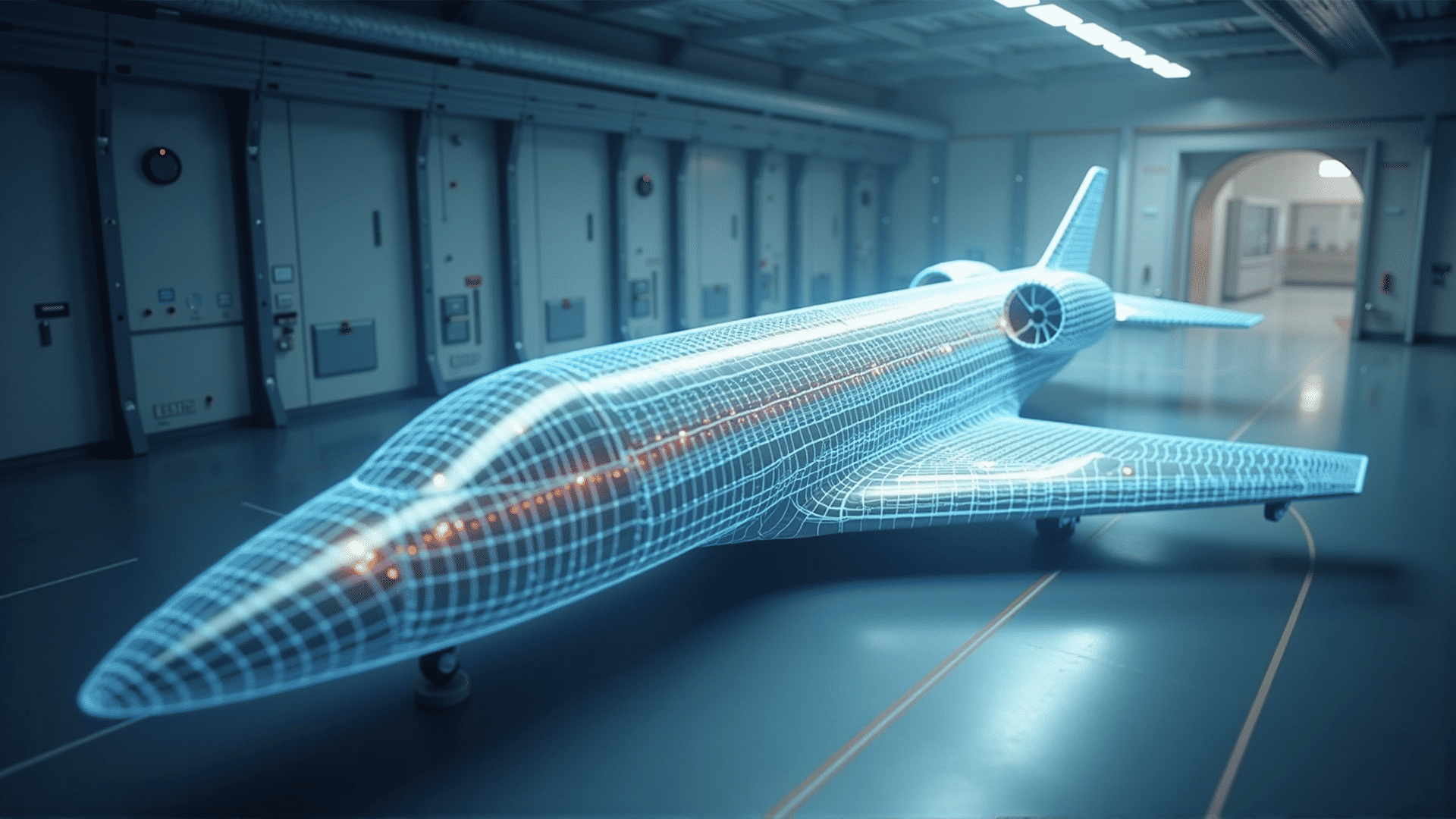In the ever-evolving world of aviation, reducing drag stands as a pivotal frontier for enhancing aircraft efficiency and performance. As the demand for more fuel-efficient and environmentally friendly aircraft continues to rise, researchers and engineers have delved into innovative solutions to minimize drag, the aerodynamic force opposing an aircraft's motion through the air. Several key breakthroughs are reshaping the future of aviation, promising significant improvements in fuel savings and aircraft capabilities.
One of the most promising advances in reducing drag is the development of laminar flow technologies. Laminar flow involves managing the airflow over an aircraft's surface to maintain it in a smooth, streamlined pattern, thus reducing the skin friction that contributes to drag. Traditional aircraft designs often experience turbulent flow, characterized by chaotic air movement that increases resistance. By designing wings and fuselages that encourage laminar flow, manufacturers can significantly cut fuel consumption. Novel materials and surface treatments are playing a vital role in achieving this, allowing for smoother surfaces that help maintain the desired airflow pattern.
Another revolutionary approach focuses on morphing technologies, which enable dynamic changes to an aircraft's shape during flight. Inspired by the natural adaptations seen in birds, these technologies involve structures that can adjust angles, contours, or surface textures, optimizing aerodynamics in real time. Wing morphing, in particular, has gained attention for its potential to significantly reduce drag across different phases of flight, such as takeoff, cruising, and landing. By altering wing shape or surface features to suit the current speed and altitude, morphing technologies enhance performance while maintaining efficiency.
Advancements in computational fluid dynamics (CFD) have also spurred significant strides in aerodynamic innovation. CFD allows engineers to simulate airflow over various aircraft designs with immense precision and detail, enabling the identification and minimization of drag-inducing elements. These simulations facilitate the fine-tuning of design features, such as the positioning of winglets or the blending of wing-body junctions, which smooth the transition of airflow around the aircraft and reduce vortices that contribute to drag.
Furthermore, the concept of boundary layer control has gained traction as a means of reducing drag. By controlling the thin layer of air directly adjacent to the aircraft's surface, engineers can manage airflow more effectively. Techniques such as suction or blowing air through small slots in the aircraft's surface help maintain laminar flow or delay the transition to turbulence, both of which contribute to decreased drag forces.
Finally, the integration of advanced composite materials and additive manufacturing techniques has allowed manufacturers to design aircraft structures that are not only lighter but also more aerodynamically efficient. These materials enable precise shaping and smoother surfaces, enhancing the efforts to maintain optimal airflow conditions around the aircraft.
In conclusion, the quest to reduce drag has led to remarkable aerodynamic innovations that promise significant gains in fuel efficiency and aircraft performance. Through laminar flow control, morphing technologies, computational fluid dynamics, boundary layer management, and advanced materials, the aviation industry is on the brink of a new era. These breakthroughs not only enhance the economics of air travel but also contribute to the broader effort of reducing aviation's environmental impact, aligning with global sustainability goals. As these technologies continue to mature, their integration into commercial and military aircraft will mark a transformative step forward in the history of aviation.
